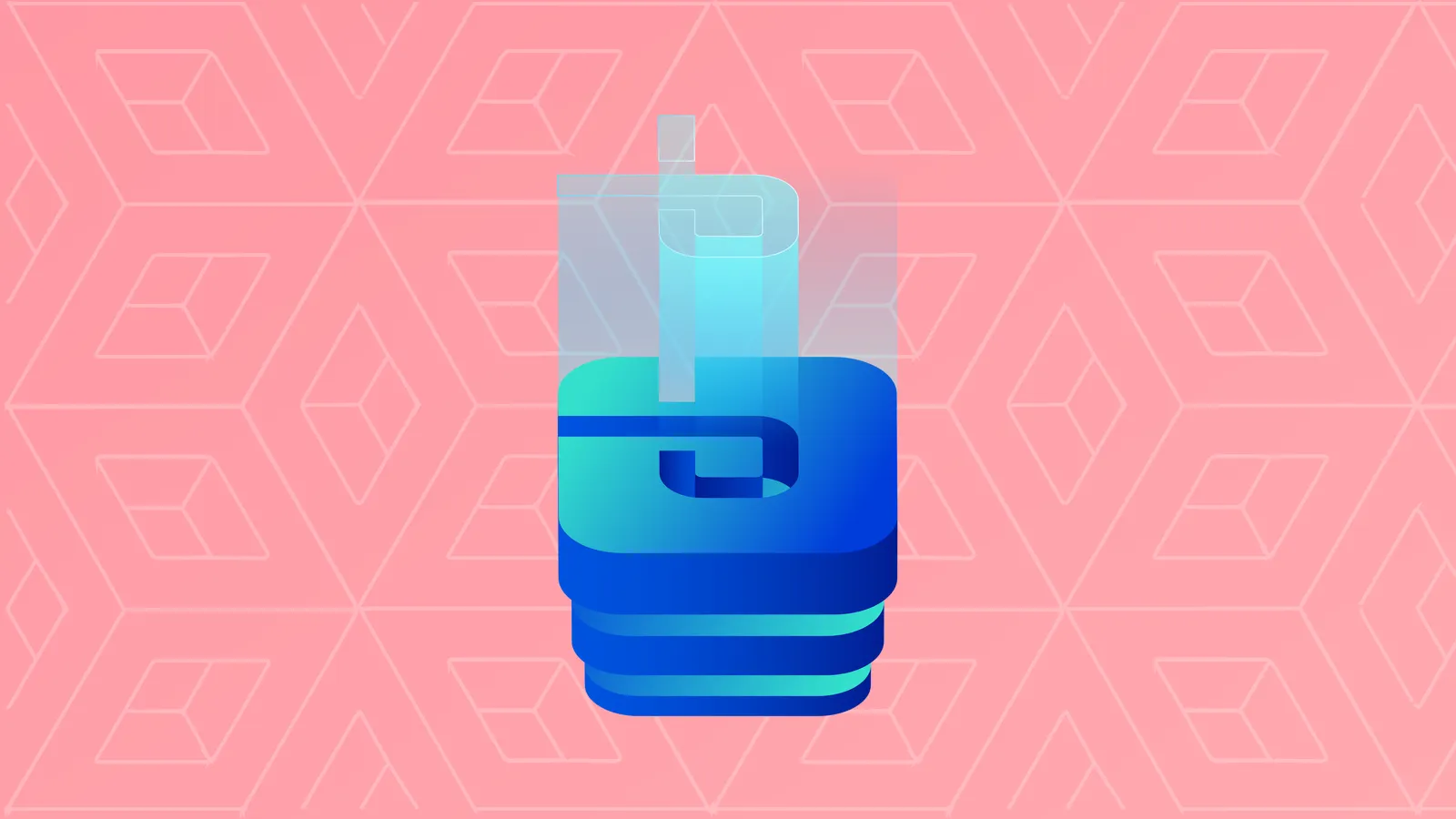In Brief
- bZx is a DeFi lending platform for traders built on Ethereum.
- It uses a token system, which is managed by smart contracts to help automate the process.
- bZx is decentralized, meaning it is not controlled by any one group or company.
Crypto tokens have long been criticized as only useful for speculation and gambling, but new decentralized finance (DeFi) applications are changing that narrative. One such company trying to change that narrative is bZx.
This article explores how bZx is working alongside other popular DeFi protocols such as Compound and MakerDAO in not only lending, but also integrating tokens into their core functionality. But first, let's explore how traders borrow money.
Problem
For crypto traders, access to margin trading–or trading with borrowed money–has mainly been limited to centralized exchanges. By using centralized exchanges, margin traders and the lenders supplying funds to them become vulnerable to hacks, regulatory uncertainty, and mismanagement. Though decentralized exchanges have their own vulnerabilities, having the option to choose is a big step forward for the crypto faithful.
What is bZx?
The bZx protocol is a set of smart contracts built on top of Ethereum. The protocol focuses on lending and margin trading and is most similar to another popular DeFi product called dYdX. The biggest difference between the two margin trading protocols is the inherent use of tokens in the bZx protocol. There are three main tokens in the bZx system: iTokens, pTokens, and BZRX tokens. All three are ERC20 tokens and each plays a vital role in how bZx functions.
Who Invented bZx?
The co-founders of bZx are Tom Bean and Kyle Kistner who formed the idea for the protocol in August 2017.
A brief history
- February 2018 – bZx whitepaper is released
- December 2018 – bZx raises $7.8 million in their Initial Coin Offering of BZRX tokens
- June 2019 – Fulcrum, the trading front-end for the bZx protocol, is launched.
- October 2019 – Torque, the lending front-end for the bZx protocol, is launched.
What’s so special about it?
The bZx system of lending and borrowing depends on iTokens and pTokens. When users lend or borrow money on bZx, their crypto assets go into or come out of global liquidity pools–pools of funds shared between many different exchanges. When lenders supply funds into the global liquidity pools, they automatically receive iTokens. These iTokens represent a share or claim of their supplied funds in the pool and automatically generate interest for their holders. At any point, iTokens can be redeemed for the original funds plus the interest accumulated.
When users borrow money to open margin trading positions, they automatically receive pTokens. The “p” in pToken stands for position and can represent either short or long positions. Users receive a different token depending on their position and the assets being traded. For example, opening a long position on ETH/DAI using 4x leverage will get users a “dLETH4x” token. The worth of the pToken changes depending on the value of the underlying assets–in this case, ETH and DAI.
Did you know?
Like many other DeFi products, bZx uses oracles to bring price data into their system. The problem is oracles can represent a centralized point of fail so in order to become more decentralized, bZx has partnered with decentralized oracle service provider Chainlink to try and help solve this problem.
What else is different?
The bZx protocol is also designed to use the BZRX token, which was sold during their ICO. These BZRX tokens are currently only used to pay fees on the network. All other functionality including trading is locked for now.
Eventually, the BZRX token will be used for voting on governance decisions on the future direction of the protocol. There is also a function–also not yet activated–to give BZRX token holders rights to the bZx insurance fund. The insurance fund is made up of 10% of the interest earned by lenders–taken as part of the smart contract’s design. The insurance fund protects lenders in case borrowers become unable to pay back their loans.
How do you get hold of bZx tokens?
The BZRX governance token was only available for purchase during the bZx ICO and is currently not available on exchanges for trading or buying.
The iTokens and pTokens are available on some decentralized exchanges such as Uniswap and Kyber. They can also be created directly using the Fulcrum or Torque user interfaces.
What can you do with bZx?
The best way to use bZx is through the front-ends: Fulcrum and Torque.
Fulcrum
Fulcrum allows you to margin trade or lend crypto assets using bZx smart contracts. When you use Fulcrum, you receive iTokens for lending and pTokens for margin trading. There are no fees and no registration is necessary, you simply use a MetaMask or other Ethereum wallet to connect to the dapp and off you go!
Torque
While Fulcrum is limited to borrowing money for trades, Torque allows users to borrow money for whatever they like. While other popular DeFi lending protocols such as Compound use a variable or changing interest rate, Torque offers borrowers a fixed interest rate so loans are much more predictable.
The Future
The reason tokens matter in DeFi applications is because they can be combined–built on top of each other in ever more complex systems. New automatic trading products are made possible by combining TokenSets with bZx’s interest earning iTokens. The fledgling DeFiZap dapp has already created products which use bZx’s pTokens as part of leveraged trading strategies for crypto holders. Though it’s still very early days, these interlocking token systems may be the signs of much bigger things to come.



